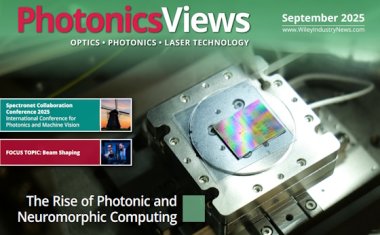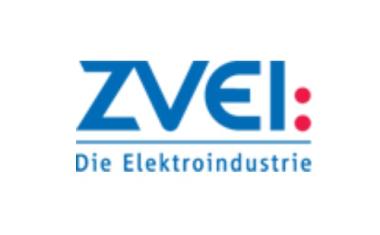Negative refraction of light using atoms
Optical effect is possible without the need for artificially manufactured metamaterials.
Negative refraction – a phenomenon where light bends in the opposite direction to its usual behaviour – has captivated researchers for its potential to revolutionise optics, enabling transformative technologies such as superlenses and cloaking devices. Now, carefully arranged arrays of atoms have brought these possibilities a step closer, achieving negative refraction without the need for artificially manufactured metamaterials.

Janne Ruostekoski and Kyle Ballantine from Lancaster University, with Lewis Ruks from NTT Basic Research Laboratories in Japan, demonstrated a novel way of controlling interactions between atoms and light. Natural materials interact with light through atomic transitions, where electrons jump between different energy levels. However, this interaction process has significant limitations. For instance, light primarily interacts with its electric field component, leaving the magnetic field component largely unused. These inherent constraints in the optical properties of natural materials have driven the development of artificially engineered metamaterials which rely on the phenomenon of negative refraction.
Refraction occurs when light changes direction as it passes, e.g., from air into water or glass. Negative refraction, however, is a counterintuitive effect where light in a medium bends in the opposite direction to what is typically observed in nature, challenging conventional understanding of how light behaves in materials. The allure of negative refraction lies in its groundbreaking potential applications, such as creating a perfect lens capable of focusing and imaging beyond the diffraction limit or developing cloaking devices that render objects invisible.
While negative refraction has been achieved in metamaterials, practical applications at optical frequencies remain hampered by fabrication imperfections and non-radiative losses, which still severely limit applications. The novel approach involves performing detailed, atom-by-atom simulations of light propagating through atomic arrays. The work demonstrates that the cooperative response of atoms can enable negative refraction, eliminating the need for metamaterials altogether.
Janne Ruostekoski said: “In such cases, atoms interact with one another via the light field, responding collectively rather than independently. This means the response of a single atom no longer provides a simple guide to the behaviour of the entire ensemble. Instead, the collective interactions give rise to emergent optical properties, such as negative refraction, which cannot be predicted by examining individual atoms in isolation.”
These effects are made possible by trapping atoms in periodic optical lattices. Optical lattices are like egg cartons made of light, where atoms are held in place by standing light waves. Lewis Ruks at NTT said: “These precisely arranged atomic crystals allow researchers to control the interactions between atoms and light with extraordinary precision, paving the way for novel technologies based on negative refraction.”
The collective behaviour of atoms in optical lattices offers several key advantages. Unlike artificially manufactured metamaterials, atomic systems provide a pristine, clean medium free from fabrication imperfections. In such systems, light interacts with atoms in a controlled and precise manner, without the absorption losses that typically convert light into heat. These unique properties make atomic media a promising alternative to metamaterials for practical applications of negative refraction. (Source: Lancaster U.)
Link: NTT Research Center for Theoretical Quantum Information, NTT Corp., Kanagawa, Japan • Condensed Matter Theory, Dept. of Physics, Lancaster University, Lancaster, UK











